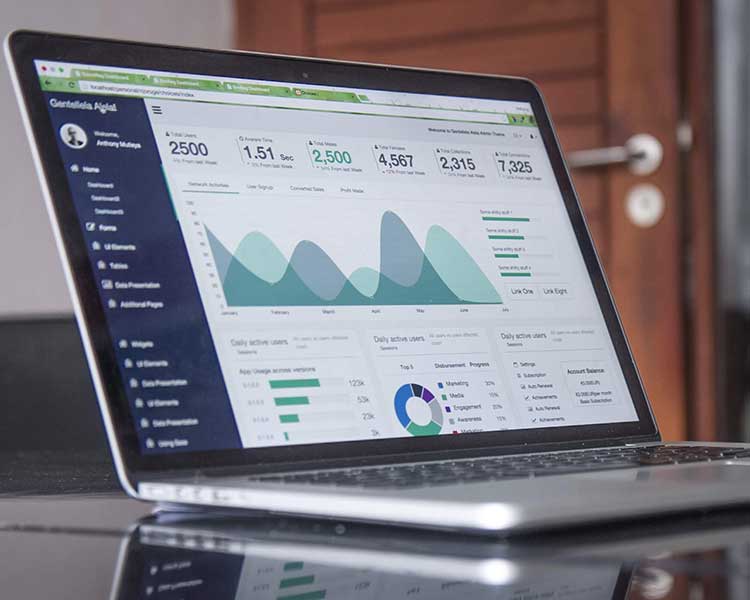
Top 10 SEO Optimizing Strategies Every Business Needs in 2025
Introduction: Why SEO Optimizing Strategies Still Matter in 2025
Search Engine Optimization (SEO) has always been the backbone of digital success. In 2025, competition online is fiercer than ever, with businesses of all sizes battling for visibility. That’s why having SEO optimizing strategies in place isn’t just optional—it’s essential. Whether you run a small startup or a large enterprise, effective SEO helps you rank higher, attract qualified traffic, and build long-term credibility with your audience.
The Evolution of SEO: From Keywords to AI
SEO is no longer just about stuffing keywords into a webpage. Today, Google uses AI algorithms, semantic search, and user intent analysis to rank content. Factors like page speed, mobile usability, and E-E-A-T (Experience, Expertise, Authoritativeness, and Trustworthiness) are critical in determining visibility. Businesses that adapt to these changes and invest in modern strategies will thrive.
Strategy 1: AI-Driven Keyword Research
Artificial Intelligence is transforming keyword research. Instead of guessing what your audience searches for, AI tools like SEMrush, Ahrefs, and Google Keyword Planner provide data-driven insights.
Tools for Smarter Keyword Targeting
AnswerThePublic for long-tail queries.
Google Trends for emerging topics.
ChatGPT-powered tools for understanding search intent.
👉 Businesses that leverage AI for keyword targeting see higher ROI and better traffic conversion.
Strategy 2: Voice Search Optimization
With smart speakers and voice assistants like Siri and Alexa on the rise, voice search is becoming a key driver of traffic.
Adapting Content for Conversational Queries
Optimize for natural, question-based phrases.
Use structured data (schema markup) for rich snippets.
Focus on local SEO since many voice searches are location-based.
Strategy 3: Mobile-First and Responsive Web Design
Google ranks mobile-friendly sites higher. With over 70% of web traffic coming from mobile, responsive design is a must.
Core Web Vitals and User Experience
Fast loading speed (under 3 seconds).
Easy navigation with minimal pop-ups.
Engaging UX that keeps users browsing longer.
Strategy 4: High-Quality Content Creation
Content is still king in 2025, but only if it’s original, relevant, and valuable.
Content Depth, Originality, and Relevance
Long-form blogs (2000+ words) for authority.
Unique insights backed by real data.
Visual content like infographics, videos, and case studies.
Strategy 5: On-Page SEO Best Practices
On-page SEO is the foundation of search visibility.
Meta Tags, Headers, and Internal Linking
Optimize title tags and meta descriptions with keywords.
Use H1–H6 headers for structure.
Build internal links to improve navigation and crawlability.
Strategy 6: Technical SEO and Site Speed
No matter how good your content is, poor technical SEO can hurt rankings.
Tools to Monitor and Improve Performance
Google PageSpeed Insights for speed checks.
Screaming Frog SEO Spider for site audits.
Cloudflare CDN for faster global delivery.
Strategy 7: Local SEO for Small and Medium Businesses
If you run a physical store or local service, local SEO is a game-changer.
Google Business Profile & Local Citations
Claim and optimize your Google Business Profile.
Ensure NAP (Name, Address, Phone) consistency.
Collect positive customer reviews for trust.
Strategy 8: Video SEO and Multimedia Optimization
Videos are dominating online traffic, and Google prioritizes rich media content.
Leveraging YouTube and Embedded Video Content
Optimize video titles and descriptions with keywords.
Add transcripts for accessibility.
Embed videos in blogs for increased dwell time.
Strategy 9: Link Building with Authority Backlinks
Backlinks remain one of the strongest ranking signals in SEO.
Ethical Outreach and Partnerships
Guest posting on industry-leading sites.
Collaborating with influencers and thought leaders.
Creating shareable content like research reports.
Strategy 10: Data-Driven SEO with Analytics & AI Tools
What you can’t measure, you can’t improve.
Using Insights for Continuous Improvement
Track rankings with Google Search Console.
Monitor conversions with Google Analytics 4.
Use AI dashboards to predict user behavior and adapt strategies.

